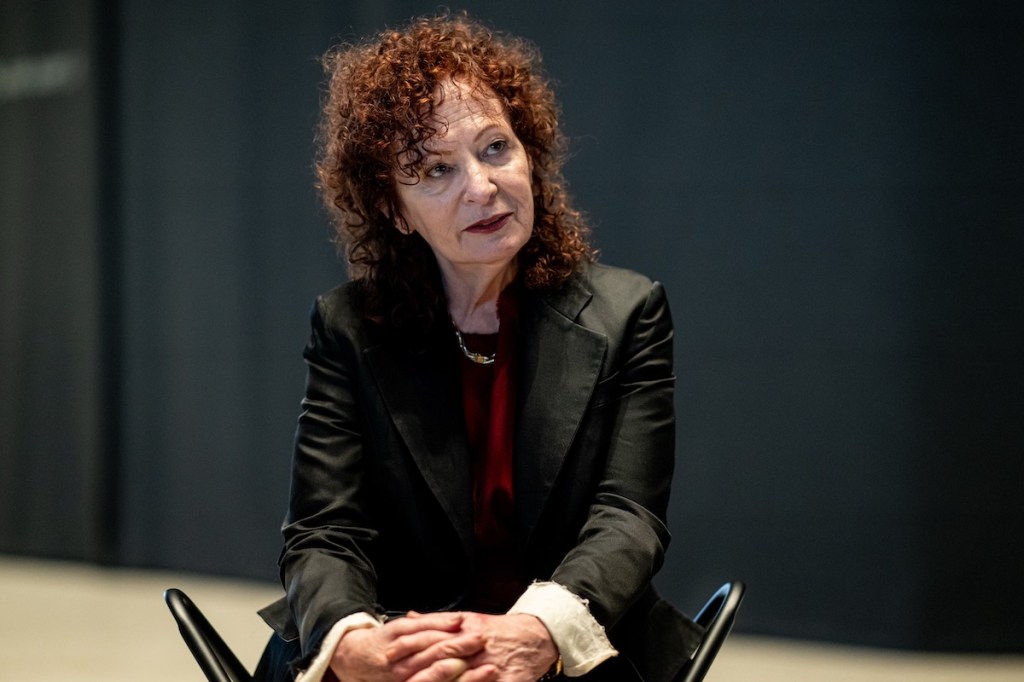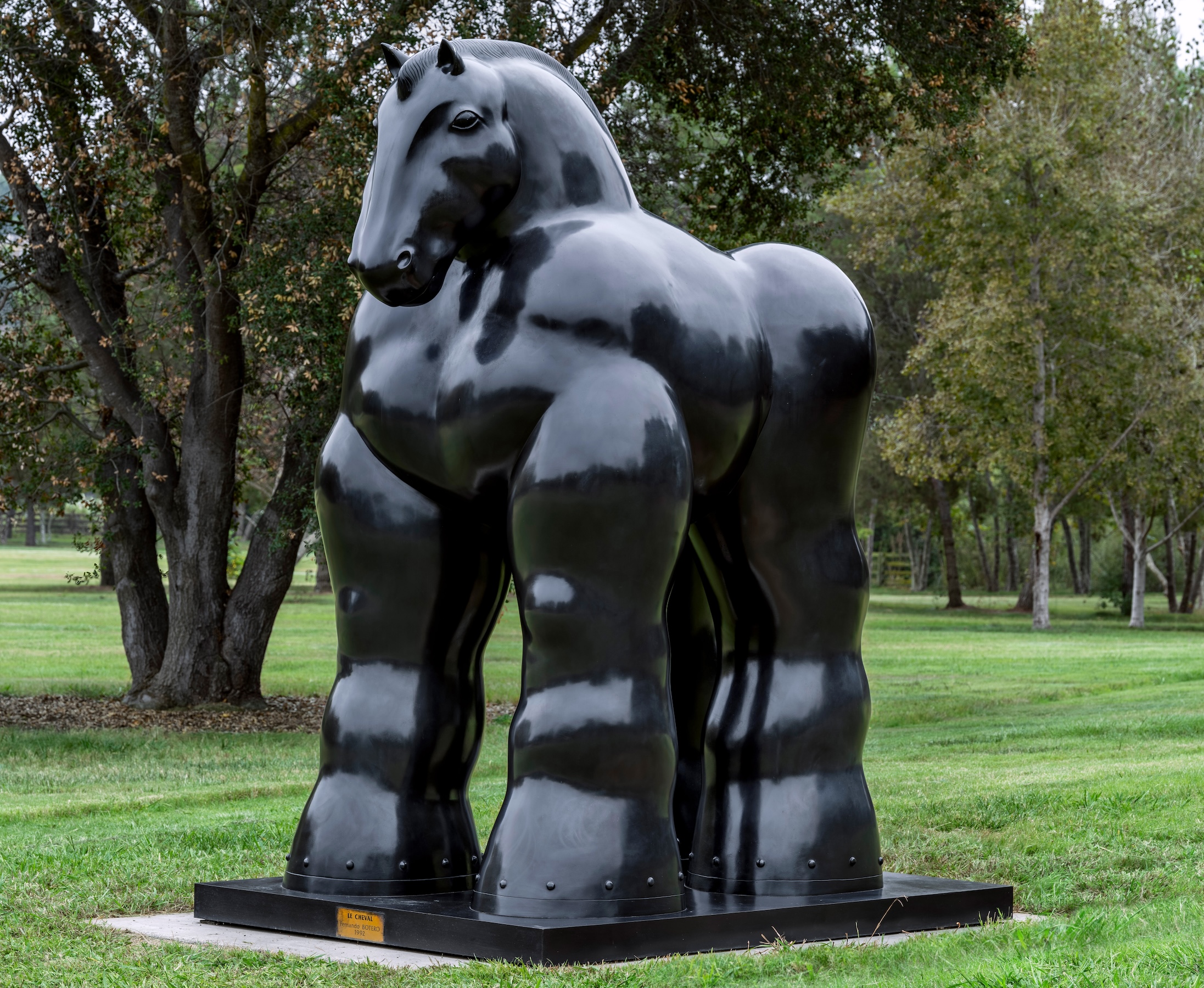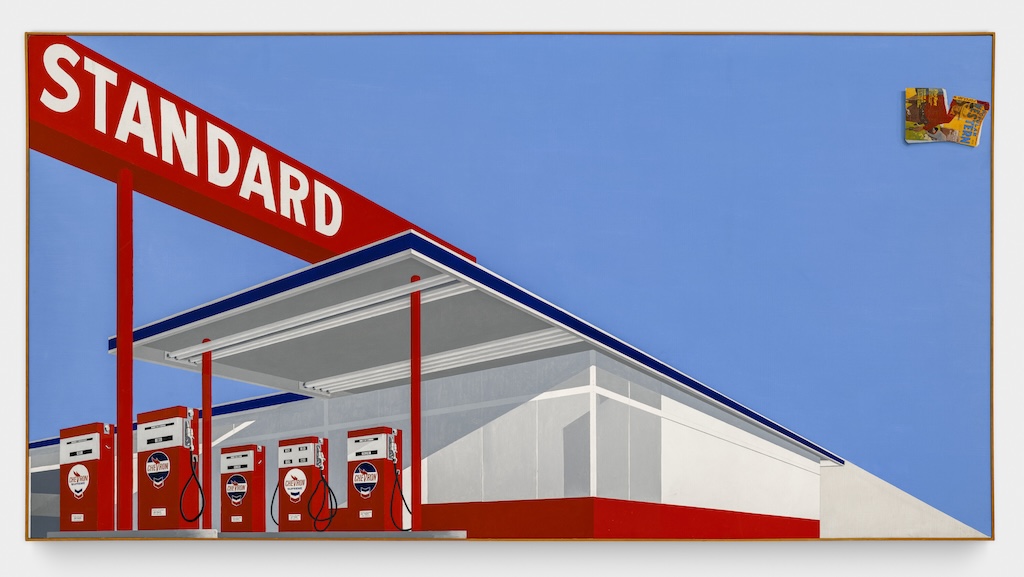Barkley L. Hendricks, who died in 2017, was known for his sleek, large-scale paintings of his friends. He was less widely known for the photographs taken in the course of producing those paintings.
Only recently did researchers and family members overseeing his archives begin to organize and dissect this little-studied part of his career. After his death, his widow and Jack Shainman, his longtime New York dealer, worked to select 60 photographs he’d taken and printed between 1965 and 2004. Some of those images, on view in a show at Shainman’s gallery that closes tomorrow, bring Hendricks’s world into focus.
He began taking photos in the 1960s. At the time, the draft for the Vietnam War loomed over men his age, and Hendricks was traveling between school in Connecticut and his assigned post in the Army Reserve. Around this time he became more serious about photography, shooting film while studying at Yale under Walker Evans, who was already long established as a documentarian of American life during the Great Depression.
The works in the Jack Shainman show display a more casual, more personal tone than what we’re used to in Hendricks’s art, according to gallery director Elisabeth Sann.
This includes a series of shots that Hendricks took at a bar he frequented in New London, Connecticut, called the Dutch Tavern, as well as a grid of nearly 20 images in which his camera is aimed up at a retro wall-mounted television set. Across its screen pass Madonna mid-performance, O.J. Simpson awaiting a trial verdict, a close-up of a crazed Salvador Dalí, and President Richard Nixon boarding a plane. “There’s this feeling like you’re changing channels or you’re being kind of inundated with all this media,” Sann said.
For Shainman’s team and the artist’s estate, these photographs augment the context around Hendricks’s paintings. “He used his photos as the basis for a lot of his portrait paintings. There’s so much of what he does that is not the portrait. This is really the tip of the iceberg when introducing people to Barkley,” Sann added.
Some of Hendricks’s black-and-white photographs suggest he was toying with classical elements. Anonymous women appear candidly or posed in crudely cropped shots. In Hearts and Flowers #2, dated 1978–79, a faceless dancer poses center stage at an adult night club. In another, a model is shown nude and curled up–her body’s contours abstracted.
Hendricks also painted himself from time to time, and there are indeed photographic self-portraits here. In one, he captured himself with an unnamed woman looking away from the camera while lying in bed. To take this picture, he pointed his camera toward a mirror hanging on red wall. According to Sann, Hendricks was channeling European painters like Vermeer, Parmigianino, and Velázquez, whose paintings sometimes feature mirrors that reflect back the artists themselves.
Darker moments occur throughout—shots of a Ford Mustang with a Confederate flag hanging in the window and a television playing footage of Rodney King’s beating in Los Angeles, among other things. But these are not the focal point, according to Sann, who said the show remains true to the artist’s sense of humor.
Hendricks’s widow, Susan, said that she and David Katzenstein, managing editor of the Barkley L. Hendricks Photography Archive, went through a years-long process of sorting through orange Kodak slide boxes that held hundreds of carousels and boxes full of Hendricks’s negatives. They’re now moving on to digitizing the archive.
“A database was established and organized, and we continue to utilize that today as our resource bible for Barkley’s quintessential photograph archive,” Susan told ARTnews. “The depth and breadth of photos is astonishing.”
“The portrait paintings are really just a small percentage of his output,” Sann continued. “Barkley always said ‘I paint what I see.’ And I think these photos are very much Barkley’s world. It’s a wider view. He was constantly creating.”










